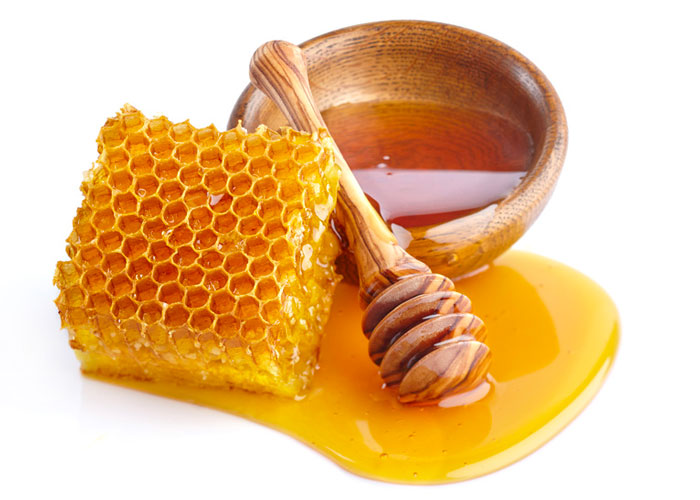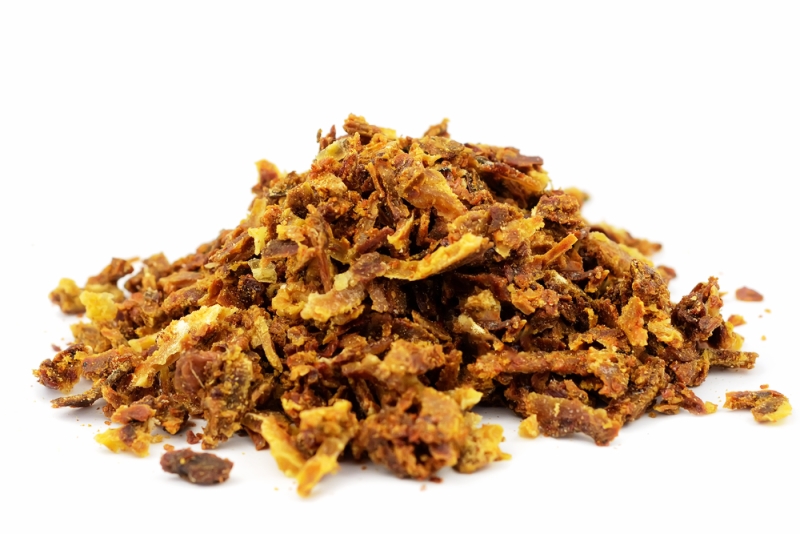.
.
.
.
HONEY
The first thing that strikes us when we look at the different types of honey is the range of colors, which can vary from almost colorless to black, passing through the many shades of yellow, amber, brown. The smell, the aroma and the taste can be very diverse. The nature, the biting territory and the beekeeping practices make it impossible to standardize the composition, appearance and organoleptic characteristics of honey: every honey is unique, there are no identical honeys!
The main components of honey are:
- sugars: make up about 95% of the dry part. Fructose and glucose are the most represented simple sugars
- water: its percentage is crucial for honey conservation, it must be below 18% to avoid the risk of fermentation.
- organic acids: they determine the PH of honey; since they are responsible for the acidity of honey, they also contribute to its characteristic aroma
- mineral substances: they are higher in honeydew; the most represented element is potassium. The minerals contained in honey come from the soil from which the plants draw their nourishment, then we find them in the nectar that the bees collect
- amino acids and proteins: honey contains almost all essential amino acids thanks to contamination with pollen

POLLEN
Pollen is extremely resistant: it must protect and transport the necessary elements for the continuation of life! It is the protein source for adult bees and is essential for the development of larvae. On average, beehives store 10 to 26 kg of pollen per year, deposited in the cells around the brood.
For the collection of pollen, the beekeeper uses traps that he places at the entrance of the hive: the bee that falls in charge of pollen, passes through a grid with holes of calculated size that allow the passage of the insect but not the pollen that overflows from its body.
The composition of pollen varies depending on the type of plant, the botanical species, the type of collection (single-flower or multi-flower), how it is stored and the climate. The main components of the pollen are:
- water: the content is generally lower than 20%; in order to avoid the proliferation of mold and bacteria, pollen is dehydrated
- nitrogenous substances: proteins, enzymes, coenzymes, amino acids. Almost all pollens contain all the essential amino acids for humans
- lipids: fats, fatty acids, fat-soluble vitamins, pigments, sterols and saturated hydrocarbons
- carbohydrates: simple sugars that come from the mixture that the bees make with the nectar or the honey to obtain the pollen load
PROPOLIS
Propolis derives from the resinous, rubbery and balsamic substances of some vegetal parts (floral buds, vegetative apices, bark) collected by the bees that, when added to their salivary and waxy secretions, create a material suitable for the protection of the hive.
Bees use propolis as a building material (used to seal the beehive) and as an antiseptic (used to coat new honeycombs so that the queen can lay eggs in a clean space).
It is composed of approximately 50% vegetable resins, 30% wax, 10% essential oils, 5% pollen and 5% other organic components.

Contact us
If you need further information fill out the form below, you will be contacted as soon as possible!
